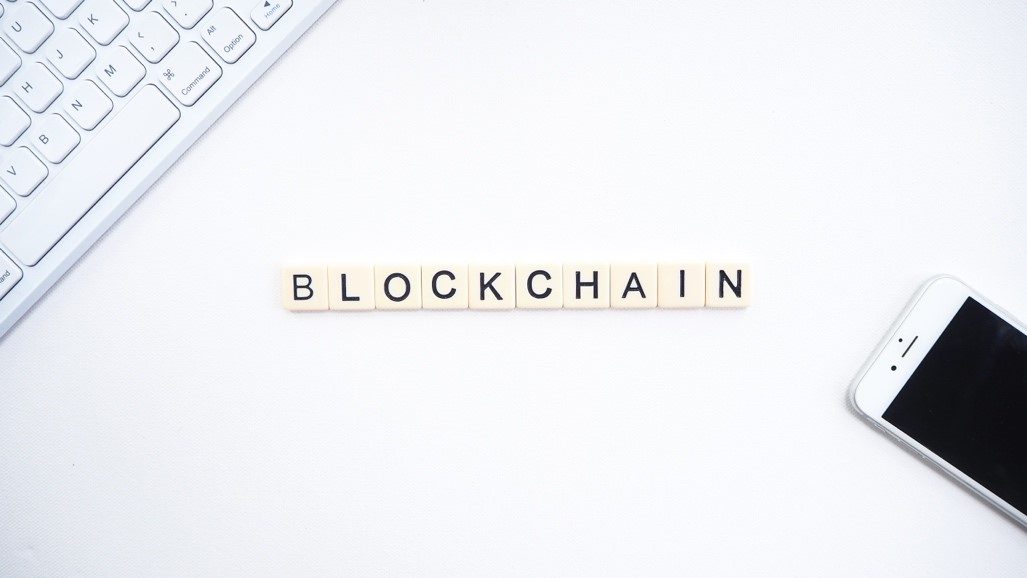Here at ELA Analytics, we realized early on that we are stronger together, and we are now proud to say that we have partnered with SotaTek. SotaTek stands for “State of the art Technology”, and they have extensive experience in blockchain technology. Our partnership means that we can now expand our services within this field, without compromising the quality of the services provided.
A little bit about SotaTek:
The company was established in 2015 in Hanoi, Vietnam. By 2017, they had grown by as much as 300% and they have scaled ever since then. As of today, they have offices in Vietnam, Japan and the United States, as well as partners across the globe.
But what is blockchain technology?
Quite simply, blockchain technology can be explained as a long chain of blocks full of information. These blocks are linked to each other and the information is inherited from one to the other.
Due to this, the blocks are resistant to information changes, and the information in one block cannot be changed without the information in the subsequent blocks also changing. Because of this it is very difficult to go back to previous blocks to change information, and this is the basic element as to why this technology is highly secure.
This way of distributing information makes blockchain well suited for situations where, for example, there is a lack of trust in the person who manages the technology.
How is the information managed in blockchains?
Blockchain doesn´t have one administrator, but rather a distributed peer-to-peer network. There are many servers that have identical copies of the “accounting book”, which is more or less an overview of the digital transactions (both within the blockchain and new additions). This network is also responsible for verifying that new information is correct.
The problem with this is that not all servers receive the information at the same time, but this has been solved with a consensus algorithm. An example of such an algorithm is Bitcoin‘s “proof-of-work”. Here it is up to the server that can prove that so and so much computing power has been used to verify that the transaction is genuine.
This makes all the digital transactions that take place in a blockchain verifiable, and it increases the security regarding the usage of this technology.

Photo by Launchpresso on Unsplash
5 examples of how blockchains can be used:
This is without a doubt the most obvious use of blockchain, this is where crypto and currency exchange both come in. The most common example is Bitcoin which was launched in 2009 and each “coin” was worth approx. NOK 166,000 in 2017.
A possible application for blockchain technology could be to create a digital overview of supply chains where consumers (and the companies involved) can get a full overview of where the products are, as well as how they are executed from a quality control perspective. Imagine, as a company, being able to find out how a very specific product works in real time? From supplier and all the way to the consumer!
Although there are many measures that have been implemented to protect artists and authors’ rights to their own works, piracy still occurs, among other things. Blockchain technology can be used so that the creators of the content not only get a full overview of downloads, but these downloads can be encrypted so that copying becomes virtually impossible. This in turn can help the creator get his or her fair share of royalties from the items purchased.
When it comes to global trade, blockchains can play a major role in traceability, secure proof of delivery and track contract details without the risk of data being altered or tampered with. There are several large companies that have started looking at this, among them are Amazon and Alibaba. As recently as March last year, Alibaba applied for a patent for a blockchain-based transaction system in Brazil.
Recruitment processes are costly and time consuming. Doing background checks and verifying work history is only a small part of it, but it is time consuming and involves many manual tasks. A possible area of use in blockchain technology is to create a general ledger, which is thus free of potential forgery, among other things. This technology creates an opportunity for HR people to perform verifications on their own platform continuously and automate tasks related to this.
We welcome questions about this technology and all inquiries can be sent to: info@ela-analytics.com
